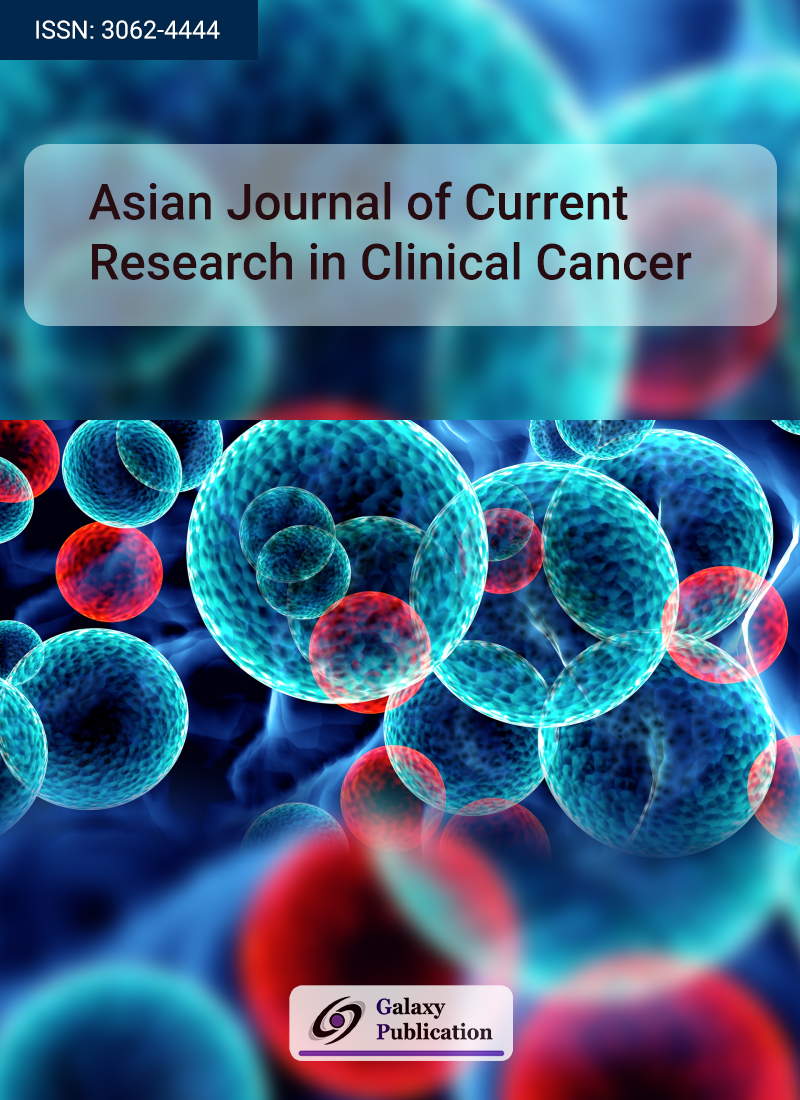
Several diagnostic methods, including vital staining, autofluorescence, exfoliative cytology, and histomorphometry, have been investigated for the detection of dysplasia, although each shows different levels of sensitivity and specificity. This study aimed to investigate the role of toluidine blue in increasing the precision of histomorphometry for the detection of dysplasia in oral potentially malignant disorders (OPMDs) using exfoliative cytology. A cross-sectional, observational study was conducted on patients visiting dental clinics and oral health camps who were suspected of having OPMDs. Cytology smears were obtained before and after the application of toluidine blue to the lesion areas, following standard protocols. Two pathologists independently performed dysplasia grading and histomorphometry assessments. Statistical analysis, including chi-square and t-tests, was performed (P < 0.05). This study showed a positive correlation between toluidine blue positivity and dysplasia in OPMDs. The toluidine blue stain showed a sensitivity of 39.53%, specificity of 97.56%, positive predictive value of 97.14%, and negative predictive value of 43.58%. However, the use of toluidine blue before cytology smears did not significantly increase the diagnostic accuracy of histomorphometry. Furthermore, there was no significant significant in cellular or nuclear morphometry when compared to normal tissue. The study concluded that toluidine blue did not increase the effectiveness of cytomorphometry in detecting dysplasia on cytosmears. However, toluidine blue may still aid clinicians in identifying areas suspicious of dysplasia, which could warrant further biopsy examination.